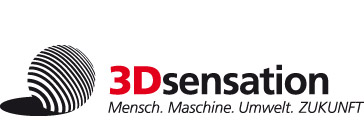3D recognition in life science and medicine
The demand of healthcare services and medical products expands dramatically worldwide. Fundamental reasons for this high dynamic are demographic changes in the countries of developed national economies as well as an enhanced infrastructure in threshold nations and developing countries. Significant innovations emerge at the interface “doctor and patient” as well as “doctor and diagnostic/therapeutic systems”. Herein lies the lever for shortening the diagnostic processes and effective and efficient diagnostic systems with integrated therapy (theranostics).
Example: 3D assistance robots
The service and assistance robotics has great potential to improve everyday life with regard to social and medical aspects. Elderly people and their families seek support in their daily life through the concept of robot-based healthcare assistance. Assistance robots are capable to take on health monitoring of humans, remind them of their medication, but also to encourage preventive healthcare. In addition to technical challenger of a robust robotic navigations and an intuitive interaction in everyday surroundings, a very broad acceptance of the users must be ensured.
Example: Diagnostic 3D technology
The spatial and dynamic information is an essential indicator for the severity level of age-associated diseases and of functional impairment. They help to deduce appropriate interventions. This is why it is vital to develop diagnostic 3D technologies which capture facial expression, gestures and posture of patients and quantify (e.g. depressive or dementing) components in regards to dysfunctions.
 Man. Machine. Environment. FUTURE
Man. Machine. Environment. FUTURE 